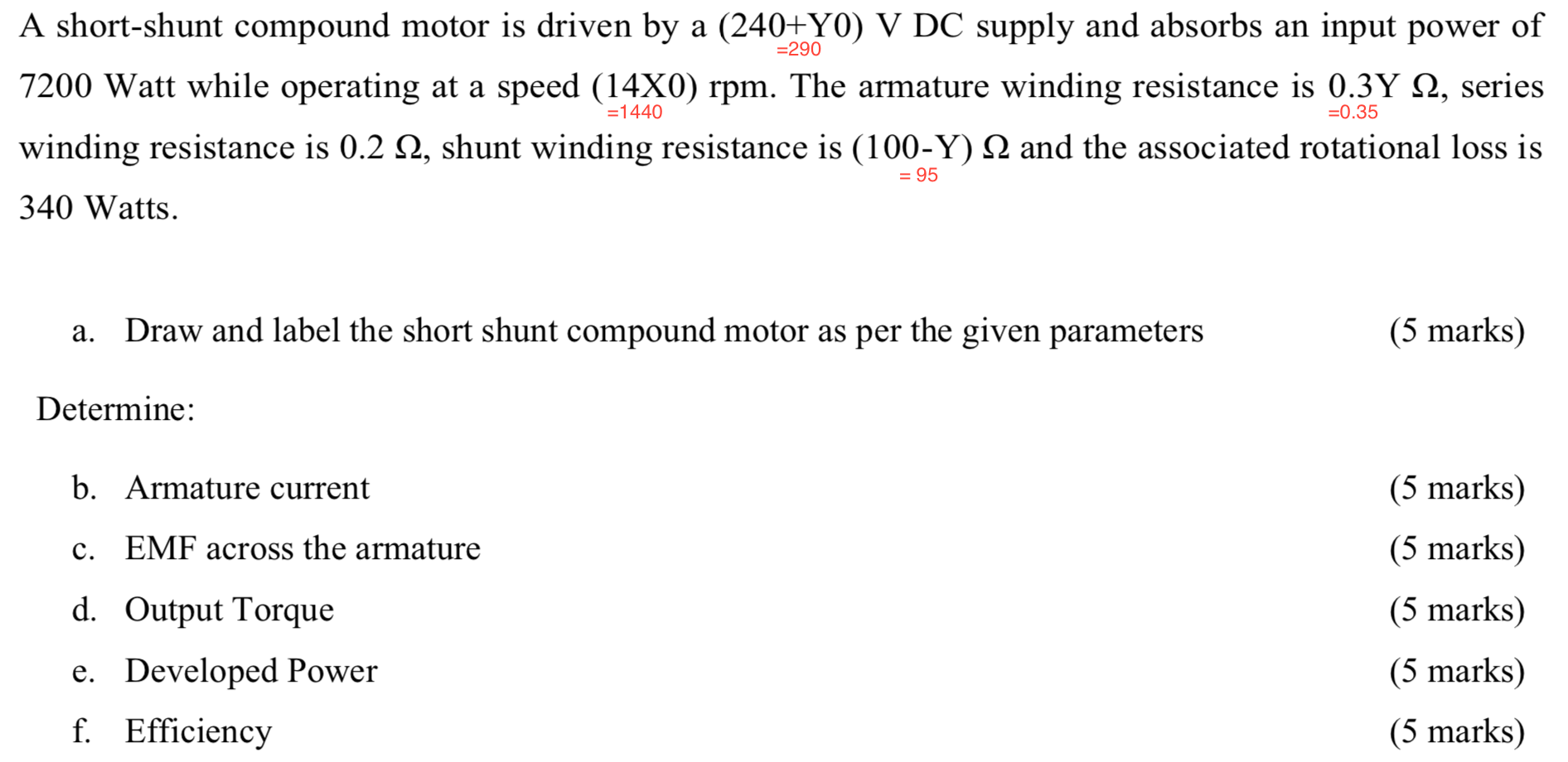
Solved =290 A shortshunt compound motor is driven by a
Shunt DC motor Series DC motor Compound DC motor Long shunt compound motor Short shunt compound motor Permanent magnet DC motor As the name indicates, the motor has a permanent magnet on the inner periphery of the stator. The necessary magnetic field required to produce the rotating torque is developed by the set of permanent magnets.

Solved A 220V short shunt compound do motor has armature
293 Accesses Abstract In this chapter, the problems concerned with the compound DC electric motors are solved. In this chapter, the problems are categorized in different levels based on their difficulty levels (easy, normal, and hard) and calculation amounts (small, normal, and large).
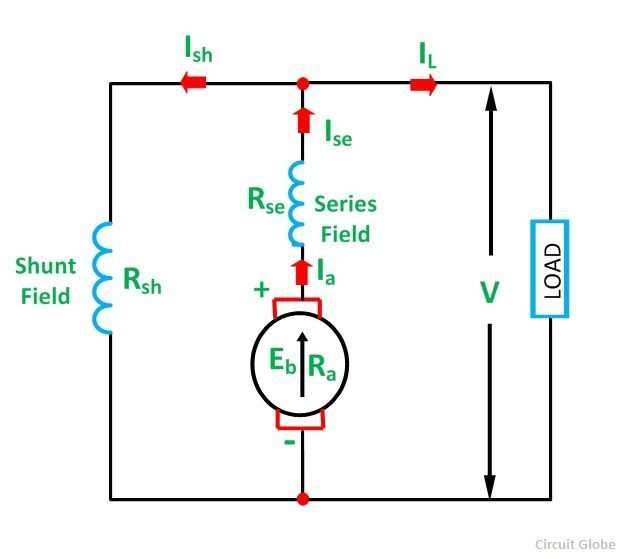
dc compound motor wiring diagram
Contents: Separately Excited DC Motor Self Excited DC Motor Shunt Wound Motor Series Wound Motor Compound Wound Motor Separately Excited DC Motor As the name signifies, the field coils or field windings are energised by a separate DC source as shown in the circuit diagram shown below: Separately Excited DC Motor Self Excited DC Motor

Use Of Dc Shunt Motor In Hindi
An electrical machine that converts direct current electricity into mechanical energy in the form of rotation of the shaft is called a DC motor. A typical DC motor consists of two main parts namely the field system and armature.
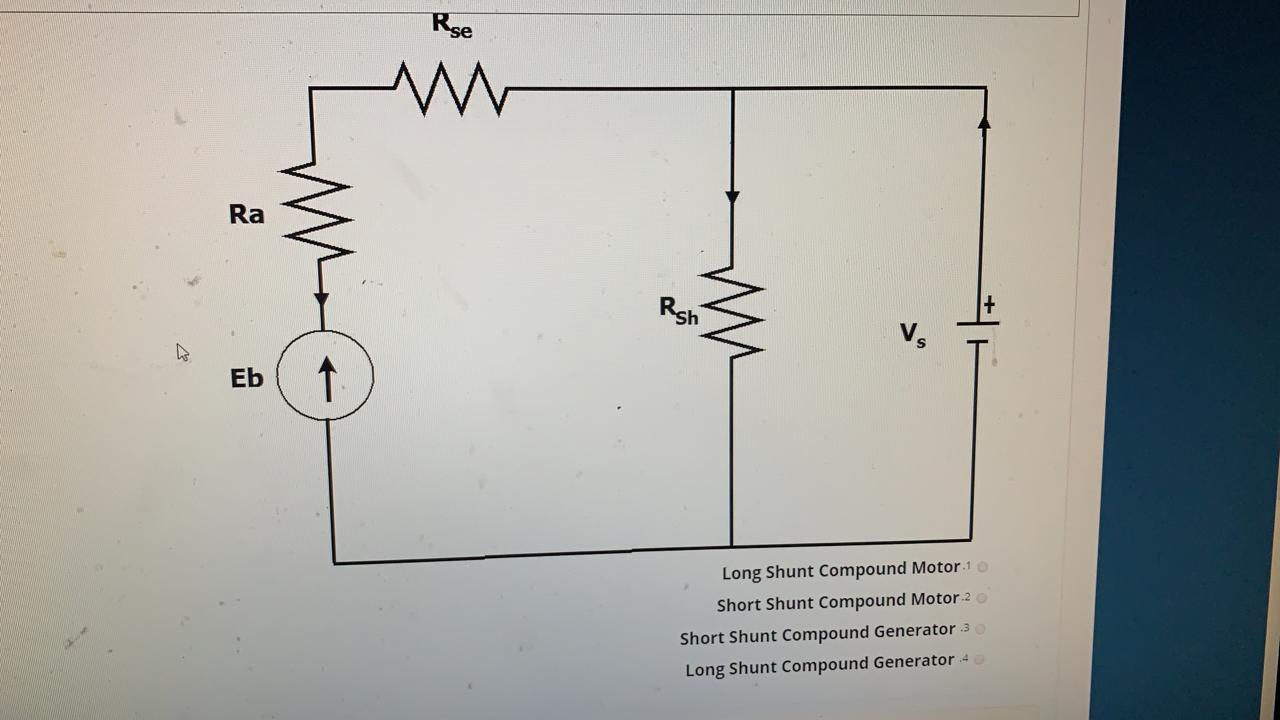
Solved Rse Ra Sh Eb Long Shunt Compound Motor 1 Short Shunt
A DC shunt motor (also known as a shunt wound DC motor) is a type of self-excited DC motor where the field windings are shunted to or are connected in parallel to the armature winding of the motor. Since they are connected in parallel, the armature and field windings are exposed to the same supply voltage.Though there are separate branches for the flow of armature current and field current.

Circuit Diagram For Dc Motor
1. Cumulative Compound Motors 2. Differential Compound Motors 3. Compound Interpole Motors. Cumulative Compound Motors. In cumulative compound motors, the polarity of the shunt winding is such that it adds to the series fields. This shunt winding can be either short shunt where the shunt is parallel with only the armature or long shunt where.
[Solved] A shortshunt compound generator delivers a load current of 34 A at... Course Hero
First Online: 11 October 2022 335 Accesses Abstract In this chapter, the problems of the 19th chapter are fully solved, in detail, step-by-step, and with different methods. Keywords Compound DC Electric Motor Short-shunt flat compound Motor Long-shunt flat compound Motor Differential V-I characteristic Copper loss Conductor Pole Slot Lap winding
[Solved] A shortshunt compound generator delivers a load current of 34 A at... Course Hero
A shunt-wound motor is a type of dc motor in which the field winding is connected in parallel with the armature. Like DC generators, there are different types of DC motors characterized by the connections of the field winding in relation to the armature. They are Shunt Wound DC Motor Series Wound DC Motor Compound Wound DC Motor
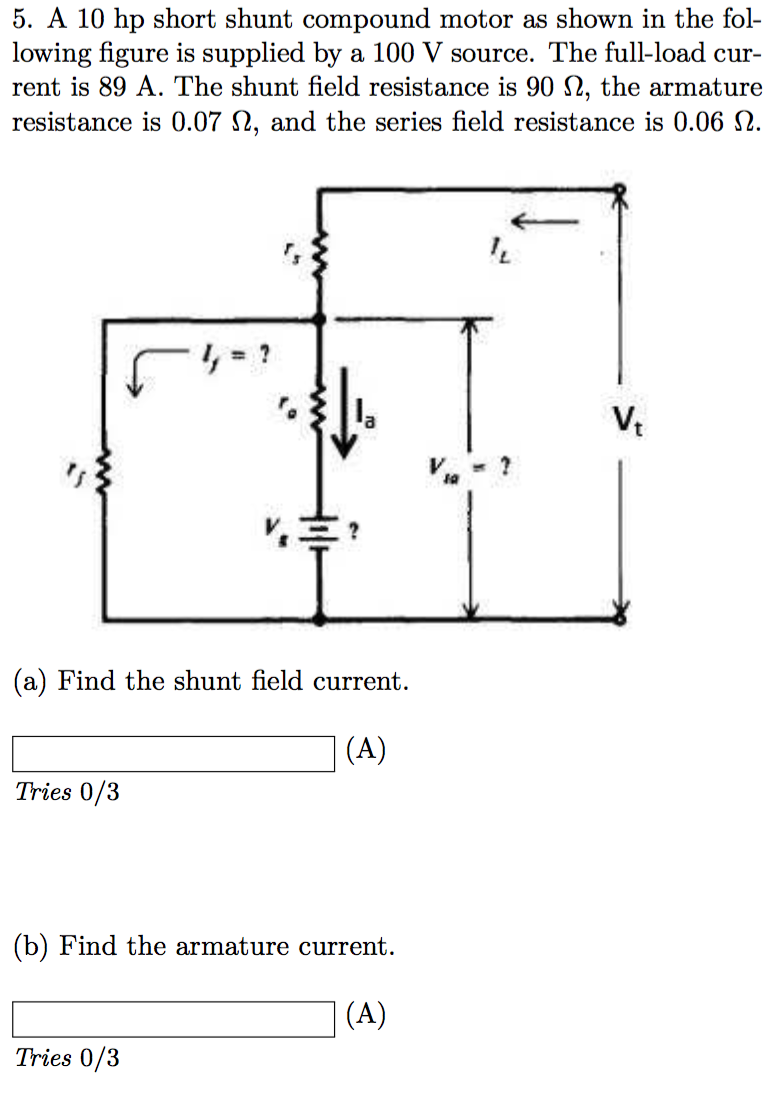
Solved 5. A 10 hp short shunt compound motor as shown in the
Short shunt DC Motor Long shunt DC Motor Differential Compound DC Motor We will now discuss in detail the various different types of DC Motors. If you want to further your study of DC motors, check out our list of basic electrical questions. Separately Excited DC Motor

Types of DC Motors StudyElectrical Online Electrical Engineering Study Site
Description The Compound Motor block represents the electrical and torque characteristics of a compound motor. This figure shows the equivalent circuit for a short-shunt compound motor: This figure shows the equivalent circuit for a long-shunt compound motor: where: i is the total current. is is the series field winding current.
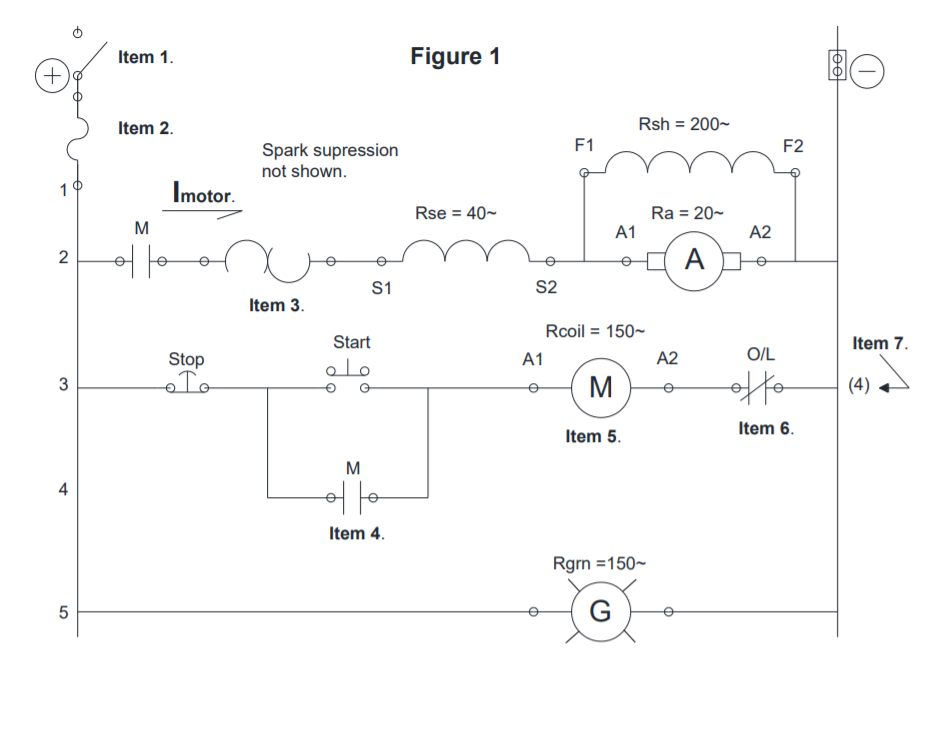
Solved 30 a) For the short shunt compound motor (only) shown
Torque Speed of Compound Motor. DC compound Motor is classified into two kinds such as long shunt and short shunt depending upon the winding placement. It is also a kind self-excited motor and it uses the advantages of both shunt and series DC motors. It uses the good speed regulation property of shunt motor and high starting torque capability.
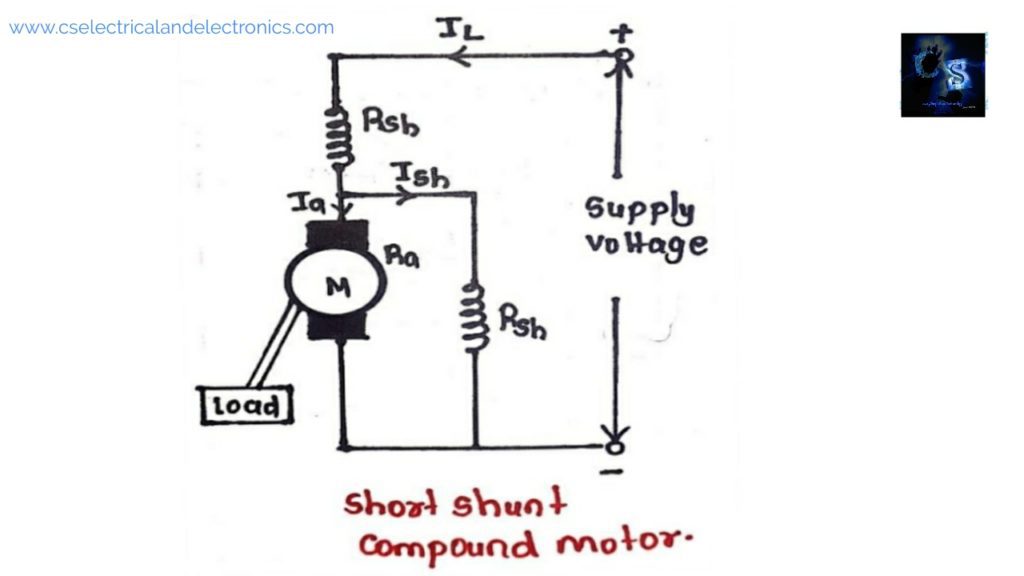
What Is A DC Motor, Types, Operation, Equation, Working Principle
DC shunt motor DC series motor DC compound motor DC short-shunt compound motor DC long-shunt compound motor Here we can see that the self-excited dc motors are further classified as dc shunt, series, and compound motors. Again the compound motors are classified as long-shunt and short-shunt compound motors.
[Solved] A 220V dc shortshunt compound motor has an armature, series field,... Course Hero
Compound Wound Generator. In a Compound Wound Generator, there are two sets of the field winding on each pole. One of them is connected in series having few turns of thick wire, and the other is connected in parallel having many turns of fine wire with the armature windings. In other words, the generator which has both shunt and series fields.

Long shunt and short shunt compound motor example and diagram Physics Studocu
A DC motor in which both the series field and shunt field are combined is known as compound wound DC motor. There two types of compound DC motors as −. Short-Shunt Compound Motor. In a short-shunt compound motor, the shunt field winding is directly connected in parallel with the armature winding. Long-Shunt Compound Motor
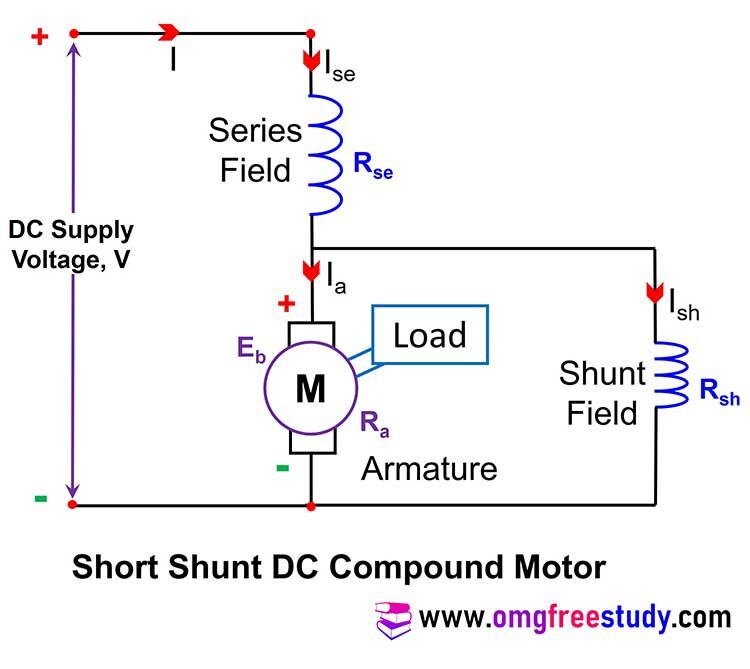
Types of DC Motor & Its Applications Selection of DC Motor
October 26, 2020 by Electrical4U A compound wound DC motor (also known as a DC compound motor) is a type of self-excited motor, and is made up of both series the field coils S 1 S 2 and shunt field coils F 1 F 2 connected to the armature winding as shown in the figure below.

Solved A 550volt shortshunt compound motor has an armature
They are: Series DC Motor Shunt/Parallel DC Motor Compound DC Motors Permanent Magnet DC Motor In the case of a permanent magnet DC motor, permanent magnets are used to create field flux. The other three types are classified based on the electrical connections between the stator and the rotor. Each of them has a unique torque/speed.